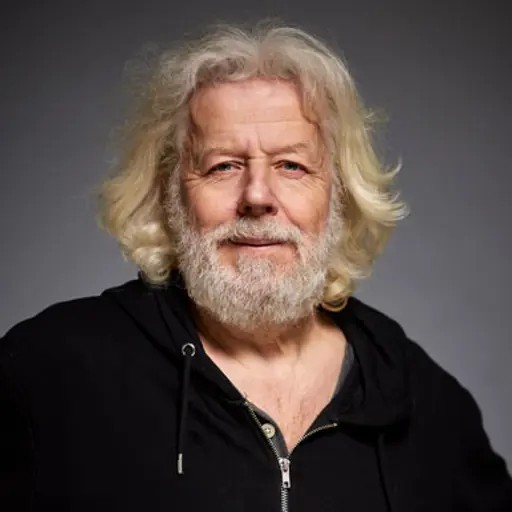Course syllabus adopted 2022-02-14 by Head of Programme (or corresponding).
Overview
- Swedish nameIndividuell förberedningskurs
- CodeVTA151
- Credits7.5 Credits
- OwnerMPSOV
- Education cycleSecond-cycle
- Main field of studyElectrical Engineering, Civil and Environmental Engineering
- DepartmentARCHITECTURE AND CIVIL ENGINEERING
- GradingUG - Pass, Fail
Course round 1
- Teaching language English
- Application code 38118
- Maximum participants28
- Open for exchange studentsNo
- Only students with the course round in the programme overview.
Credit distribution
Module | Sp1 | Sp2 | Sp3 | Sp4 | Summer | Not Sp | Examination dates |
|---|---|---|---|---|---|---|---|
| 0101 Project 7.5 c Grading: UG | 4 c | 3.5 c |
In programmes
Examiner
 Wolfgang Kropp
Wolfgang Kropp- Full Professor, Applied Acoustics, Architecture and Civil Engineering
Eligibility
General entry requirements for Master's level (second cycle)Applicants enrolled in a programme at Chalmers where the course is included in the study programme are exempted from fulfilling the requirements above.
Specific entry requirements
English 6 (or by other approved means with the equivalent proficiency level)Applicants enrolled in a programme at Chalmers where the course is included in the study programme are exempted from fulfilling the requirements above.
Course specific prerequisites
Undergraduate profile: Major in Architecture and Engineering, Civil Engineering, Electrical Engineering, Engineering Mathematics, Mechanical Engineering, Physics, Urban Planning or equivalent background.Aim
Acoustics being as interdisciplinary field with students participating in the course from diversely different backgrounds demands special attention and measures to support students at an individual level. The course provides besides others the relevant skills in mathematics, signal processing, and programming techniques. The course has a strong focus on working in groups and supports active learning.Learning outcomes (after completion of the course the student should be able to)
-Formulate a problem and decide on appropriate models -Critically discuss and evaluate the results of models -Apply signal processing for acoustic applications -Explain and apply the basic physics and mathematics needed as minimum requirement in the field of acoustics (e.g. Fourier transform, complex notation) -Apply Matlab programming to a variety of simpler acoustic problems -Actively take part in their own education by defining their own learning goals, selecting independent the required actions to improve where necessary and by developing confidence in their own specific way of learning -Identify ethical aspects in sound and vibration in consulting assignments and research, and perform a systematic analysis and judgment of theses ethical issues -Collect information on a specific topic and prepare this information in a pedagogic way to be transferred to other colleagues -Carry out the different steps of the work inside a team with distributed tasks -Communicate results colleagues and teachers in appropriate formContent
The course content has been developed in order to support students in their participation in Sound and Vibration. Special emphasis has been put on an active role of the students in their learning situation.Although the curriculum covers areas such as:
- Fundamental physics
- Fundamental mathematics
- MATLAB
- Signal processing
- Fundamental acoustics
Organisation
The course starts with a diagnostic proof which will give the student information where he/or she has to improve his/her skills, knowledge, understanding. The course contents is adapted to the needs of the students.Literature
Literature will be supplied where needed at www.ta.chalmers.seExamination including compulsory elements
In order to pass the course the following elements have to be successfully carried out:- Matlab exercise
- Signal analysis exercise
- Poster
- Ethics report
The course examiner may assess individual students in other ways than what is stated above if there are special reasons for doing so, for example if a student has a decision from Chalmers about disability study support.